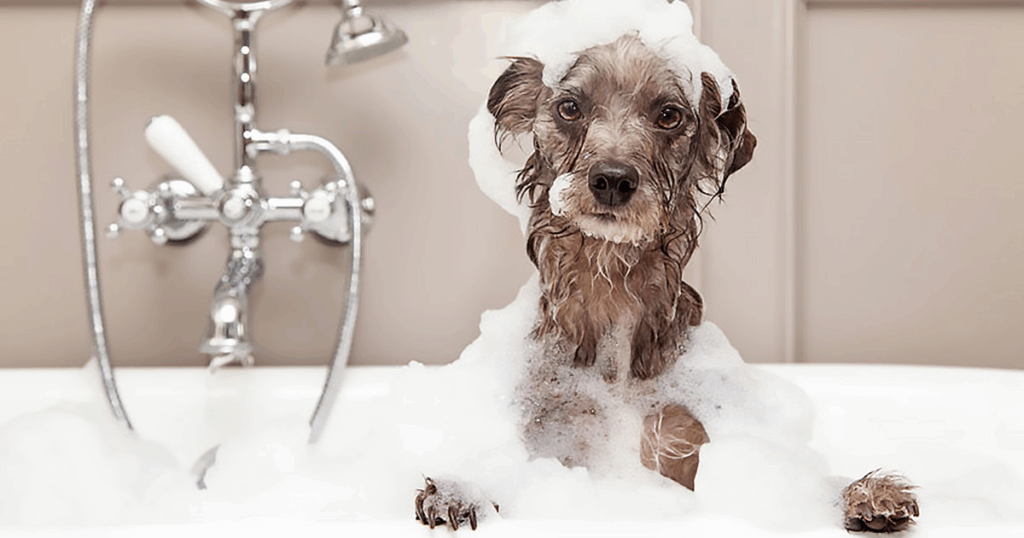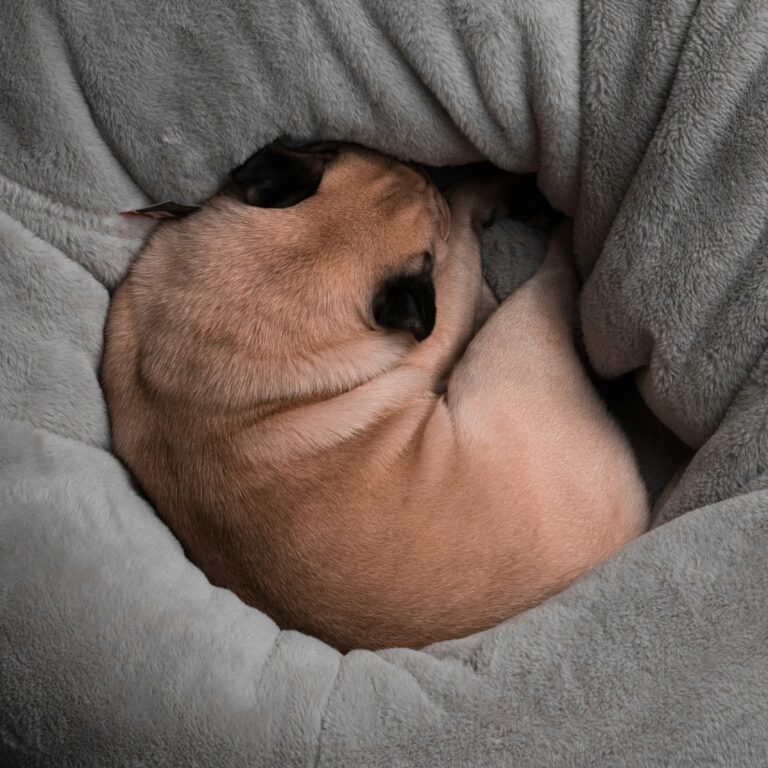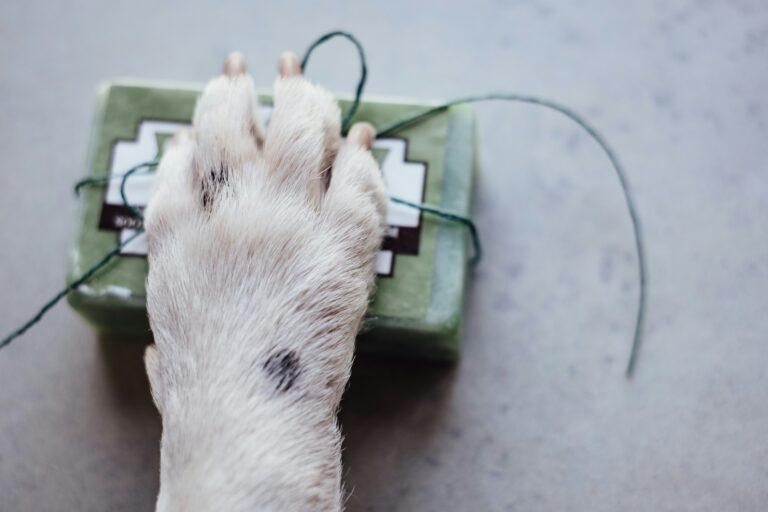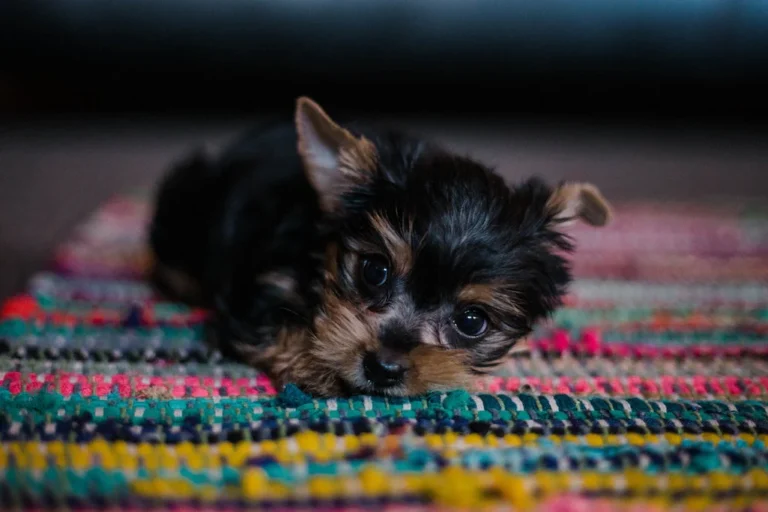Keeping your petite pooch well-groomed is not just about maintaining their good looks; it’s a crucial part of their overall health and wellbeing. However, figuring out the ideal grooming schedule for your small dog can often be a challenge. “Small Dog Grooming Guide: Find Out the Perfect Bathing Schedule for Your Pint-Sized Pup!” is dedicated to helping you understand and master the nuances of small dog grooming.

In this in-depth guide, we will provide comprehensive information on how often you should bathe your small dog, the best products to use, and how to make the grooming experience enjoyable for both you and your furry friend. 🐾 From bathing tips to hair brushing hacks, we will cover it all. So whether you’re a new pet parent or an experienced dog owner, this guide is bound to have something useful for you.
Stay tuned as we unravel the mystery behind maintaining the health and beauty of your small breed dogs. Discover the secrets of professional groomers and learn how to incorporate them into your routine. Let’s dive into creating a comfortable and effective grooming regimen for your pint-sized pup, ensuring they look and feel their best at all times!
Tailoring Grooming Based on Coat Type
Understanding your small dog’s coat type is fundamental when determining their grooming needs. Small dogs come in a variety of coat textures and lengths—ranging from short and sleek to long and fluffy, curly, or wiry. Each coat type requires a different grooming approach to maintain its health and appearance.
Short-Coated Breeds
Breeds such as the Chihuahua or French Bulldog have short, smooth coats that are generally low maintenance. While they don’t require frequent brushing, regular sessions using a soft-bristle brush or grooming mitt help remove loose hair and promote circulation. These breeds typically benefit from a bath every 4 to 6 weeks, unless they get into something messy.
Long-Coated Breeds
Dogs like the Yorkshire Terrier, Lhasa Apso, or Havanese sport long, flowing coats that demand consistent upkeep. These coats are prone to tangling and matting, so daily brushing is often necessary to prevent painful knots. Long-coated breeds also need more frequent bathing—typically every 3 to 4 weeks—to keep their hair clean and manageable. Conditioning sprays and detangling solutions can make the process easier and more comfortable for your pup.
Curly-Coated Breeds
Breeds such as the Bichon Frise and Poodle have dense, curly coats that don’t shed in the same way as other breeds. This type of coat is prone to matting if not brushed thoroughly and regularly. In addition to brushing several times a week, curly-coated dogs should be professionally groomed every 4 to 6 weeks to keep their coat trimmed and healthy.
Double-Coated Breeds
Pomeranians and Papillons have double coats, consisting of a dense undercoat and a longer outer layer. These coats require more effort to maintain, especially during seasonal shedding periods. A slicker brush and undercoat rake are essential tools to manage dead hair and prevent matting. Regular brushing several times a week is recommended, with professional grooming every 6 to 8 weeks.
Wire-Coated Breeds
Breeds such as the Brussels Griffon and some types of Terriers have wiry, coarse coats that can benefit from hand-stripping—a grooming technique that involves plucking dead hairs by hand to encourage new growth. These dogs may need a combination of brushing and professional grooming to maintain the texture and cleanliness of their coats.
Setting a Positive Grooming Environment
One of the biggest barriers to regular grooming is the stress it can cause for both the dog and the owner. Creating a calm, positive grooming environment can transform grooming from a dreaded task into a bonding activity.
Start with a Quiet Space
Choose a quiet, comfortable location in your home where distractions are minimal. Use a non-slip mat on your grooming table or area to help your dog feel stable and secure. Keep all your tools within reach so you don’t have to leave your dog unattended.
Build Positive Associations
Use treats, toys, and praise to reward your dog throughout the grooming process. Introduce grooming tools gradually—let your dog sniff the brush or clippers before using them. Begin with short sessions and slowly increase the time as your dog becomes more comfortable.
Stay Calm and Patient
Your tone and demeanor have a significant impact on how your dog perceives grooming. Speak in soothing tones, avoid sudden movements, and be patient. If your dog becomes overly stressed, it’s okay to stop and try again later.
Grooming for Health Monitoring
Beyond aesthetics, grooming provides an excellent opportunity to monitor your dog’s overall health. During brushing or bathing, take a few extra minutes to inspect your dog’s skin, ears, eyes, and paws.
Skin Checks
Look for signs of irritation, redness, or dryness. Check for parasites like fleas and ticks, especially in areas like behind the ears and around the tail. Unusual lumps or bumps should be examined by a vet.
Eye and Ear Health
Clear, bright eyes are a sign of good health. Wipe away any discharge with a damp, soft cloth. For ears, check for wax buildup, redness, or a foul odor—common indicators of infection. Regular ear cleaning with a vet-approved solution helps prevent issues.
Paw Care
Inspect your dog’s paws for cracks, cuts, or foreign objects. Trim the hair between their paw pads if it becomes too long, and ensure their nails are kept at a comfortable length. Overgrown nails can lead to posture problems and discomfort.
Grooming Tools: What You Really Need
Investing in the right tools makes all the difference in a successful grooming routine. While the specific tools depend on your dog’s coat, some essentials apply across all breeds.
Brushes and Combs
Choose brushes suited to your dog’s coat type. A slicker brush is great for removing loose hair and mats, while a bristle brush works well for finishing and smoothing the coat. Detangling combs help address knots gently.
Shampoos and Conditioners
Always use shampoos formulated specifically for dogs. Human products can be too harsh for a dog’s skin. Conditioners are particularly useful for dogs with long or dry coats, helping reduce tangles and static.
Grooming Clippers
For small dogs that need regular trimming, electric clippers with interchangeable blades can save you trips to the groomer. Always choose clippers that run quietly to avoid startling your dog.
Nail Clippers or Grinders
Choose clippers sized for small dogs, or opt for a nail grinder for more precision and smoother results. Introduce these tools slowly and reward your dog after each paw.
Ear and Eye Wipes
Pre-moistened, dog-safe wipes make it easy to keep your pup’s ears and eyes clean in between baths.
Seasonal Grooming Considerations
Different times of the year may require adjustments to your grooming routine to keep your small dog comfortable and healthy.

Summer Grooming
Hot weather may tempt owners to shave their dogs, but this is not always advisable. A dog’s coat helps regulate their body temperature and protects them from sunburn. Instead, focus on frequent brushing to remove loose hair and improve airflow. Ensure your dog stays hydrated and avoid grooming during peak heat hours.
Winter Grooming
In colder months, it may be beneficial to allow your dog’s coat to grow slightly longer for insulation. However, this also means more brushing to prevent mats. Clean and dry your dog’s paws after walking on salty or icy surfaces to prevent irritation or chemical burns.
Spring and Fall Shedding
Seasonal shedding can be particularly heavy in spring and fall. Increase brushing frequency during these times to manage loose fur and minimize shedding around your home.
The Psychological Benefits of Grooming
Grooming isn’t just a physical activity—it can have profound effects on your small dog’s emotional well-being.
Routine and Predictability
Dogs thrive on routine. Regular grooming builds structure into your dog’s life and reduces anxiety by making the process familiar. A predictable grooming schedule also helps dogs learn what to expect, leading to calmer behavior over time.
Building Trust
Grooming involves handling sensitive areas like ears, paws, and tails. When done gently and with positive reinforcement, these sessions foster trust between you and your dog. Over time, your dog will associate grooming with attention, affection, and rewards.
Reducing Anxiety and Aggression
Grooming can be a calming ritual. Massaging your dog during bathing or brushing helps soothe their nervous system. For dogs prone to anxiety or reactivity, these calming grooming routines may help reduce behavioral issues.
Establishing a Bathing Schedule
When it comes to bathing, smaller breeds are a bit more sensitive compared to their larger counterparts. Because of their smaller size and thinner coats, they can easily become chilled during baths, so it’s vital to make the process as comfortable as possible.
How Often Should You Bathe Your Small Dog?
The frequency of bathing your small dog largely depends on their breed, lifestyle, and skin condition. Some breeds are more prone to skin conditions and may require more frequent baths, while others may only need a bath once every few months. In general, it’s advisable to bathe your small dog once every four weeks, but this can vary based on your dog’s individual needs.
Choosing the Right Shampoo
Choosing the right shampoo for your small dog is a crucial step in the bathing process. The shampoo should be gentle on their skin and coat, but effective enough to remove dirt and debris. Look for shampoos that are specifically formulated for small dogs, as these often contain ingredients that are gentle on their skin and coat.
Grooming Essentials for Small Dogs
Grooming your small dog involves more than just bathing. Other aspects such as brushing their coat, cleaning their ears, trimming their nails, and dental care also play significant roles.
Brushing Your Small Dog’s Coat
Regular brushing helps keep your small dog’s coat in good condition by removing loose hair, preventing tangles, and distributing natural oils. Depending on your dog’s coat type, you may need to brush them daily or just a few times a week.
Ear Cleaning
Small dogs, especially those with floppy ears, are more prone to ear infections. Therefore, it’s essential to regularly check their ears and clean them as necessary. If you notice any signs of infection such as redness, swelling, or a foul smell, contact your vet immediately.
Nail Trimming
Regular nail trims are essential to keep your small dog comfortable and prevent issues such as overgrown nails. Ideally, you should trim your dog’s nails once or twice a month. If you’re unsure about how to do this safely, it’s best to consult with a professional groomer or your vet.
Dental Care
Small dogs are prone to dental issues, so it’s important to maintain their dental health with regular teeth brushing. You can use a toothbrush and toothpaste specifically designed for dogs, and aim to brush your dog’s teeth at least twice a week.
The Role of Diet in Grooming
A balanced diet plays a vital role in maintaining your small dog’s skin and coat health. Foods rich in Omega-3 and Omega-6 fatty acids, for instance, can promote a shiny and healthy coat. Additionally, a diet rich in vitamins and minerals can support overall health, contributing positively to your small dog’s grooming regimen.
Choosing a Balanced Diet for Your Small Dog
When choosing a diet for your small dog, it’s important to consider their age, breed, and health status. Small dogs have a faster metabolism compared to larger breeds, so they require a diet that’s high in protein and fat to sustain their energy levels. Always consult with your vet to create a suitable diet plan for your small dog.
Supplements for Skin and Coat Health
If your small dog has skin or coat issues, you might want to consider adding supplements to their diet. There are several supplements available on the market that can support skin and coat health, such as fish oil, flaxseed oil, and biotin. However, before adding any supplements to your dog’s diet, it’s crucial to consult with your vet to ensure they are safe and beneficial.
Grooming your small dog is a responsibility that requires time, patience, and understanding. By following this guide, you’ll be able to provide the best care possible for your pint-sized pup.
Conclusion
In conclusion, the “Small Dog Grooming Guide: Find Out the Perfect Bathing Schedule for Your Pint-Sized Pup!” has proven to be a highly insightful and practical resource for pet owners. It has effectively demystified the often confusing process of establishing a healthy grooming routine for small dogs. The guide underscores the importance of setting up a tailored bathing schedule, factoring in your pet’s size, breed, and lifestyle. Regular grooming does not merely keep your pup looking cute and smelling fresh, but is also crucial for their overall health and well-being.
Remember, over-bathing can strip away essential oils, while under-bathing can lead to skin problems and infections. By striking a balance, you can ensure your furry friend’s coat remains healthy and shiny. It’s equally important to incorporate nail trims, ear checks, and teeth cleaning into your routine. These measures can prevent more serious health issues down the line.
The guide also emphasizes a gentle, patient approach to grooming, making the experience enjoyable for both you and your pint-sized pup. In essence, dog grooming is less of a chore and more of an opportunity to strengthen your bond with your pet. With a bit of practice and patience, you can master this essential aspect of pet care. After all, a well-groomed dog is a happy and healthy dog! 🐶💕



